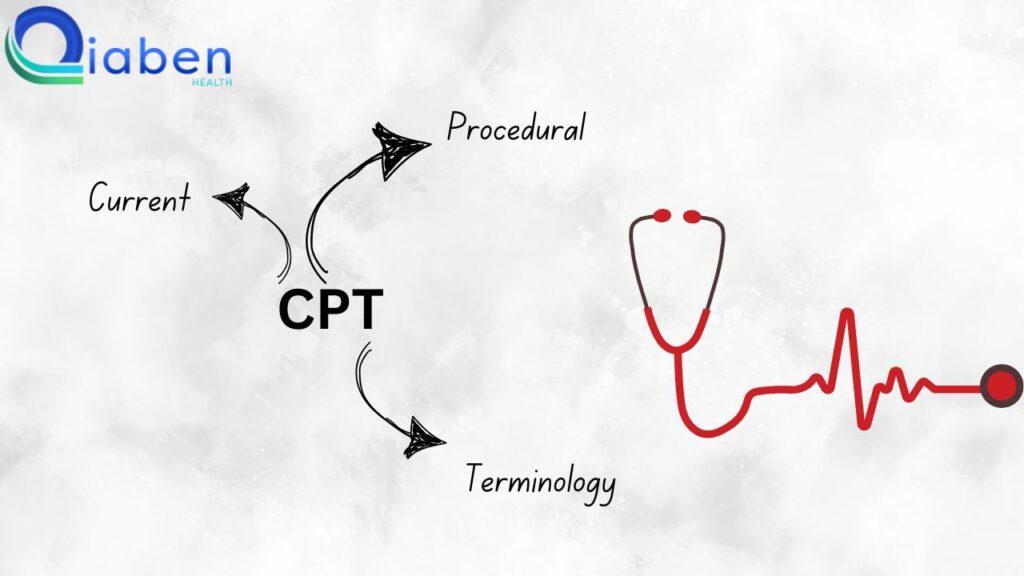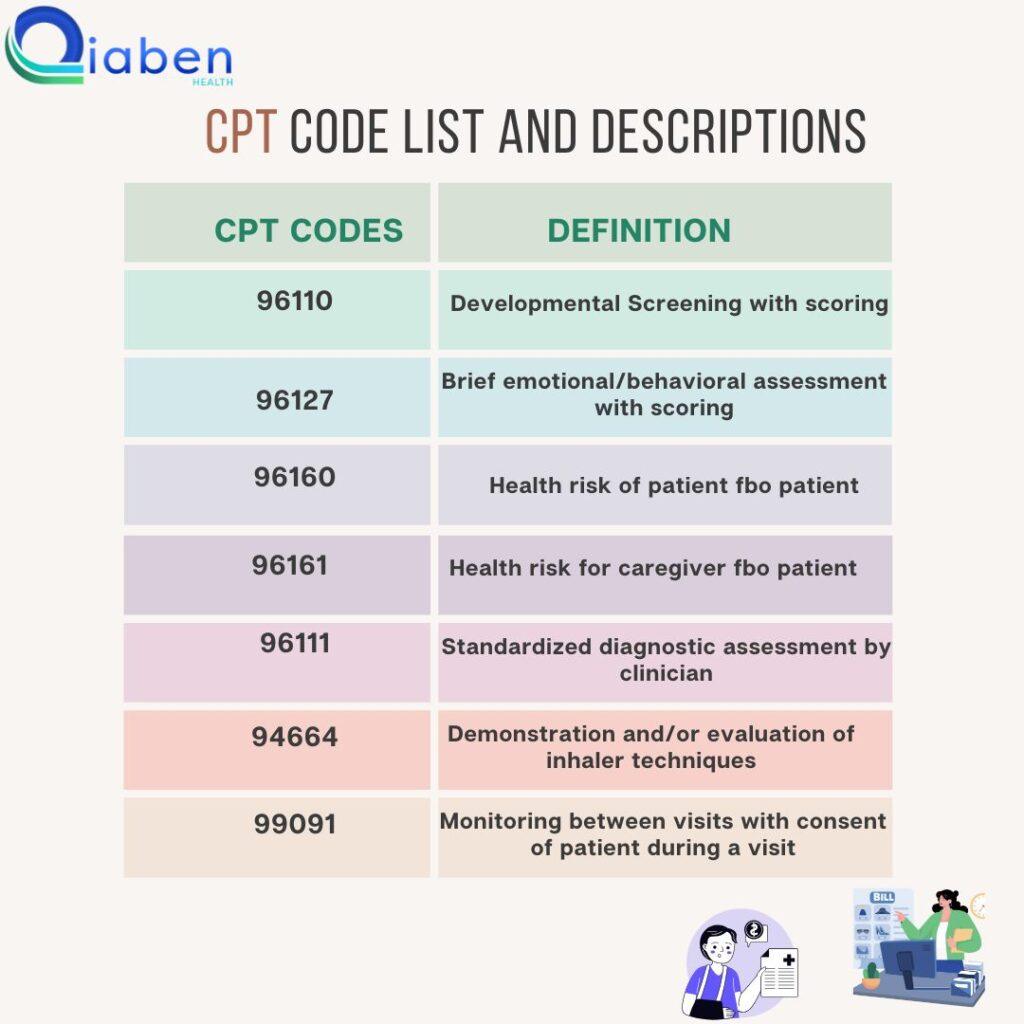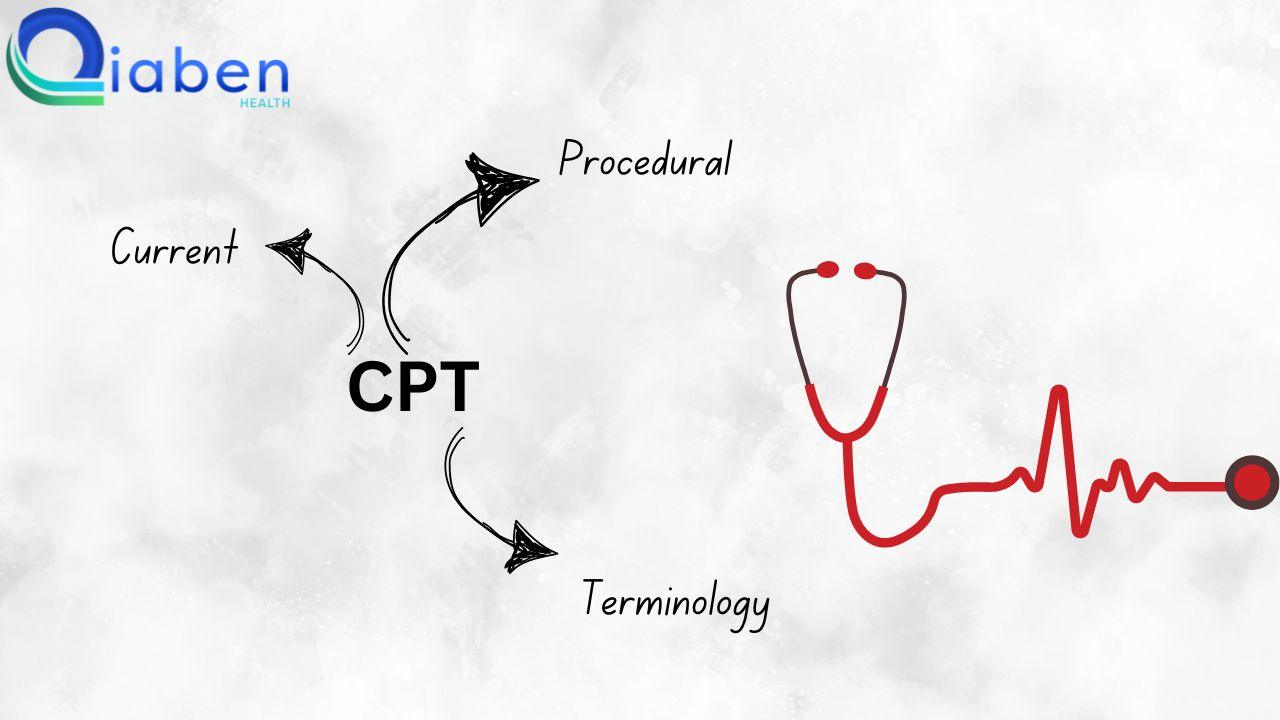Medical billing services play a crucial role in the healthcare industry. One of the key components of this process is the use of Current Procedural Terminology (CPT) codes. These standardized codes help providers communicate with payers to ensure accurate reimbursement for services rendered. Understanding how CPT codes work can significantly improve billing efficiency and reduce claim denials.

What Are CPT Codes?
CPT codes are a standardized set of medical codes used by healthcare professionals, hospitals, and laboratories. These codes describe medical, surgical, and diagnostic services provided to patients. The American Medical Association (AMA) introduced these codes in 1966 to streamline the reporting of procedures.
Every year, the AMA updates the CPT code set to reflect advancements in medical services. These updates include new codes, revised descriptions, and deleted codes to maintain accuracy. Staying updated with these changes is essential for smooth medical billing services.
Structure of CPT Codes
CPT codes consist of five characters, mostly numerical. However, some codes have an alphanumeric fifth character, such as F, T, or U. These codes eliminate subjective interpretation and create uniformity in medical billing.
Examples of CPT codes include:
- 33275: Transcatheter removal of a leadless pacemaker.
- 3006F: Documentation and review of chest X-ray results.
- 0510T: Removal of sinus tarsi implant.
- 0079U: DNA analysis for specimen identity verification.
Categories of CPT Codes
To simplify usage, the AMA divides CPT codes into three main categories:
1. Category I Codes
These are the most commonly used CPT codes. They represent services widely performed in medical settings, including:
- Evaluation and Management (99202–99499)
- Anaesthesia (00100–01999)
- Surgery (10004–69990)
- Radiology (70010–79999)
- Pathology and Laboratory (80047–89398)
- Medicine (90281–99607)
2. Category II Codes
These codes, ending in “F,” are supplementary tracking codes used for performance measurement. They help providers document quality care but are not used for reimbursement.
3. Category III Codes
These temporary codes, ending in “T,” describe emerging and experimental procedures. If a procedure gains FDA approval and widespread use, it may be upgraded to a Category I code.

CPT Coding Guidelines
Understanding CPT coding guidelines is essential for accurate medical billing. These guidelines provide instructions on how and when to assign codes correctly. They also clarify which codes can be reported together and which cannot.
Key aspects of CPT coding guidelines include:
- Code Descriptions: Each CPT code has a specific description that must match the documented procedure.
- Bundling Rules: Some codes are bundled together and should not be reported separately.
- Unlisted Procedures: If no existing code describes a procedure, an unlisted code should be used.
- Global Surgical Package: Some surgical codes include pre-operative, intra-operative, and post-operative care.
Before assigning codes, medical coders must review the guidelines in each section of the CPT codebook to ensure compliance and prevent claim rejections.
The Role of CPT Codes in Medical Billing Services
Accurate CPT coding ensures that healthcare providers receive proper reimbursement. Medical billing professionals use these codes to submit insurance claims. A single incorrect code can lead to claim denials, delayed payments, or audits.
To avoid errors, billers must:
- Stay updated with annual CPT code changes.
- Follow CPT coding guidelines for proper code assignment.
- Understand payer-specific coding requirements.
CPT Modifiers in Medical Billing
Modifiers provide additional details about a procedure. They consist of two numbers, two letters, or a combination of both. Modifiers indicate variations in the procedure, such as:
- Right or left side of the body
- Multiple procedures in one session
- Increased complexity or time required
Modifiers enhance claim accuracy, ensuring that providers are reimbursed correctly.

CPT vs. Other Medical Code Sets
CPT codes are just one part of medical billing. Other essential coding systems include:
- HCPCS Level II Codes: Used for reporting supplies, equipment, and non-physician services.
- ICD-10-CM Codes: Used to describe patient diagnoses.
- ICD-10-PCS Codes: Used for inpatient hospital procedures.
Understanding how CPT codes relate to these systems ensures complete and accurate medical claims.
Here’s a table listing common CPT codes and what they cover:
CPT Code | Description |
99202-99499 | Evaluation and Management (E/M) services |
00100-01999 | Anaesthesia services |
10004-69990 | Surgical procedures |
70010-79999 | Radiology procedures (e.g., X-rays, MRIs, CT scans) |
80047-89398 | Pathology and Laboratory services |
90281-99607 | Medicine services, including immunizations and injections |
11042 | Debridement of subcutaneous tissue |
17000 | Destruction of skin lesion |
36415 | Routine blood draw (venipuncture) |
45378 | Diagnostic colonoscopy |
70450 | CT scan of the head without contrast |
93306 | Echocardiography (heart ultrasound) |
99213 | Established patient office visit (level 3) |
90791 | Psychiatric diagnostic evaluation |
99072 | Additional supplies/staff time during a public health emergency |
G0463 | Hospital outpatient clinic visit (Medicare-specific code) |
Ensuring Compliance and Accuracy in Medical Billing Services
Medical coders and billers must follow strict guidelines to maintain compliance. Best practices include:
- Using the most current CPT code book.
- Following payer-specific coding policies.
- Attending regular coding training sessions.
- Double-checking claims for errors before submission.
Conclusion
CPT codes are an essential part of medical billing services. They standardize medical procedures, ensuring accurate documentation and reimbursement. By understanding the structure, categories, and importance of CPT codes, healthcare providers and billing professionals can enhance efficiency, minimize claim denials, and maintain compliance in medical billing practices.








